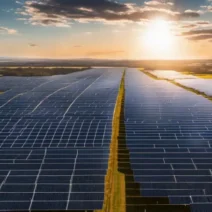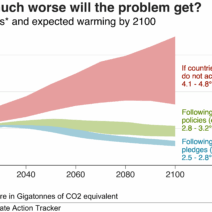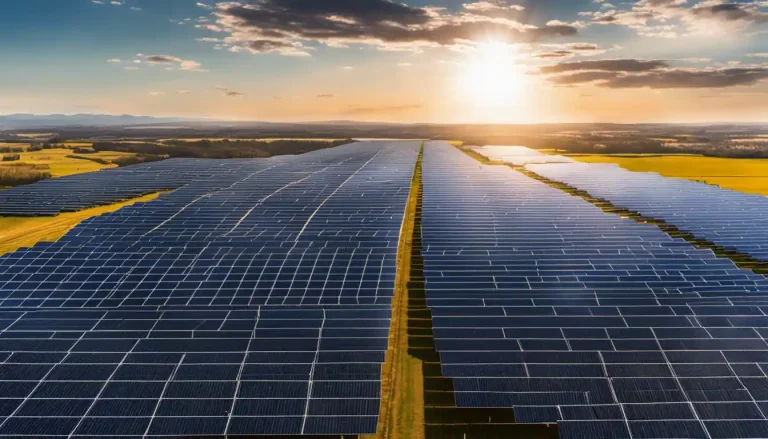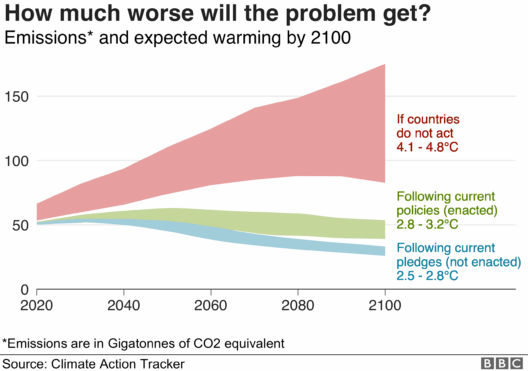As the world grapples with the escalating consequences of climate change, the discussion surrounding renewable energy sources becomes ever more pertinent. Solar farms, as a significant component of the solar energy sector, have garnered attention for their potential to mitigate global warming. However, the conversation is multifaceted and requires a nuanced exploration of the advantages and disadvantages associated with them.
To fully grasp the impact of solar farms on global warming, it is essential first to comprehend what solar farms are. Solar farms consist of large arrays of photovoltaic (PV) panels that convert sunlight into electricity. They can be found in various configurations, from small installations to sprawling facilities that convert vast expanses of land into sustainable energy generators. The sheer enormity of these solar installations has led to a spectrum of opinions regarding their environmental footprint.
Advantages of Solar Farms
The primary benefit of solar farms lies in their ability to harness renewable sunlight, providing a clean and sustainable energy source. This reduction in reliance on fossil fuels fundamentally lowers greenhouse gas emissions, a key driver of global warming. Unlike coal or natural gas plants, solar farms do not emit carbon dioxide or other harmful pollutants during operation. Therefore, transitioning towards solar energy can significantly diminish the overall carbon footprint of energy production.
In tandem with carbon reduction, solar farms often promote localized energy independence. By generating electricity close to where it is consumed, they can fortify the grid against vulnerabilities associated with centralized energy generation. This localized approach can also lessen transmission losses, enhancing overall energy efficiency.
Moreover, solar farms can contribute to job creation and economic growth. The construction and maintenance of these facilities demand a skilled workforce, thereby fostering employment opportunities in both urban and rural settings. This shift towards renewable energy not only revitalizes local economies but also paves the way for innovative technological advancements.
Furthermore, solar farms can be designed to coexist with agricultural practices, known as agrivoltaics. This method allows for dual land use, where crops can be cultivated alongside photovoltaic panels. Such symbiotic relationships enrich soil health, reduce water evaporation, and potentially yield higher overall outputs.
Disadvantages of Solar Farms
Moreover, the production of solar panels itself has substantial environmental repercussions. The manufacturing process often involves the use of toxic materials and chemicals, which can result in pollution and hazardous waste. Additionally, specific solar technologies require significant amounts of water for cooling and processing, thus placing stress on already scarce water resources.
Solar farms may also experience intermittency issues, as their energy generation is contingent on sunlight availability. While advancements in battery storage are addressing these challenges, the current technology is still nascent. This intermittency can lead to inefficiencies and may necessitate reliance on backup fossil-fuel generators during periods of low sunlight, thereby undermining some of the climate benefits promised by solar energy.
Furthermore, the aesthetic and community impact of solar farms can incite public objections. Large installations may be seen as eyesores or lead to changes in land usage that some communities oppose. Such resistance can complicate the deployment of solar projects, potentially delaying the transition to renewable energy.
Are Solar Farms a Solution to Global Warming?
Innovative policy measures can also play a crucial role. Governments and stakeholders should focus on incentivizing solar installations that adhere to ecological standards and promote community involvement in decision-making processes. By fostering a symbiotic relationship between solar farms and the communities they affect, we can amplify their benefits while addressing the concerns associated with them.
Conclusion






